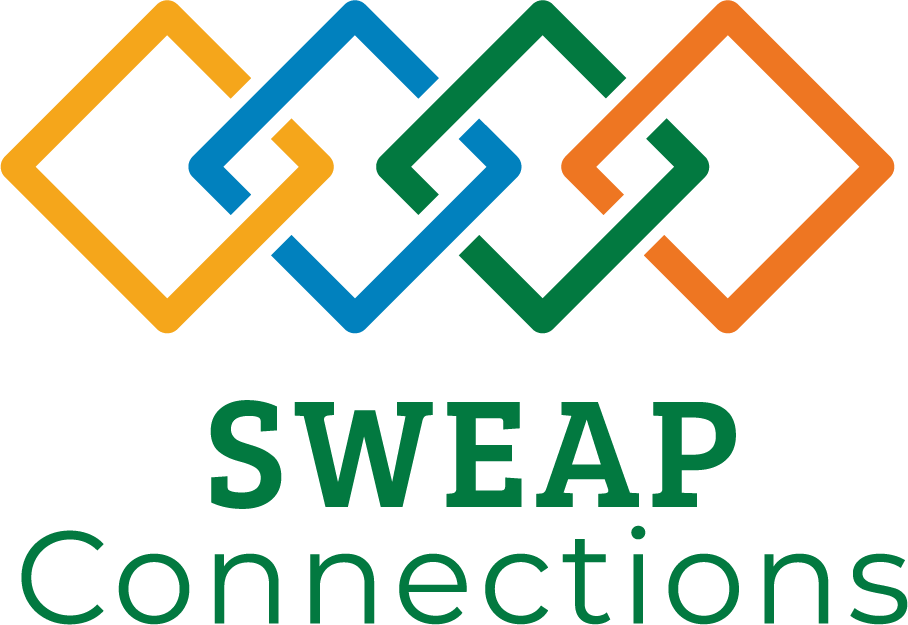With so many allegations and cases of sexual harassment and assault being levied against media, sports, entertainment, and political figures (and many terminations and resignations as a result of them) it is extremely important to be prepared for the occurrence of similar incidents in your workplace.
The me too. movement was founded in 2006 by Tarana Burke to help survivors of sexual violence – particularly young women of color from low wealth communities – find pathways to healing. The movement’s vision from the beginning was to address both the lack of resources for survivors of sexual violence and to build a community of advocates, driven by survivors, who are at the forefront of creating solutions to help stop sexual violence in their communities.
While it generally flew under the radar for many people, the movement became incredibly recognizable this year when the #MeToo hashtag was introduced on social media. In the first 24 hours of it being publicized, the hashtag was used 12 million+ times on Facebook. This movement will no doubt lead to increased numbers of women and men feeling empowered to come forward and raise concerns about sexual harassment.
Sexual Harassment in the Workplace
A poll conducted by Wall Street Journal and NBC found that 48% of female workers said they had personally experienced sexual harassment at work. Meanwhile, 41% of employed men said they’d witnessed sexual harassment occur at work. And the vast majority of survey respondents agreed that sexual harassment in the workplace is quite common: 67% said they believe that sexual harassment takes place in most or almost all work environments, including 62% of men and 71% of women.
Leading through these changes certainly starts at the top of the organization, but by no means stops there. HR must play a key role but should not be alone in managing claims that are levied. The entirety of business leadership should be involved in preventing sexual harassment. Claims are to be taken seriously, and an investigation – prompt, objective and thorough – is imperative. Further, ongoing training and discussions with every employee should be a requirement for all businesses.
Consistent, continuous engagement with the workforce; understanding the organization’s culture (and cultures within the culture); routine checkups on how things are going and what can improve; and an open communication policy can all help mitigate sexual harassment allegations.
Beginning action when a complaint arises is, to a certain extent, already too late. Your EAP can function as a partner to help foster a culture of effective leadership, management training, and open communication to help work through issues early in the process.
Best Practices for Helping to Prevent Sexual Harassment in the Workplace
- Ensuring HR attends harassment prevention training so it has its finger on the pulse of the organization and is being proactive.
- Reissuing anti-harassment policies, complaint procedures and anti-retaliation policies, in light of recent events.
- Communicating that it is okay for employees to make a sexual harassment complaint, and that no action will be taken against the worker for filing a complaint.
- Reiterating that if an employee even suspects retaliatory behavior, they should immediately report the incident to HR.
The me too. website has published a comprehensive list of resources that covers everything from legal resources to information for male, military and LGBTQI survivors of sexual harassment and violence.
SWEAP Connections has provided employee assistance programs and risk management solutions to companies since 1978. Our commitment to excellence is founded on the belief that active partnership with our client companies and delivering face-to-face services produces the best results.

